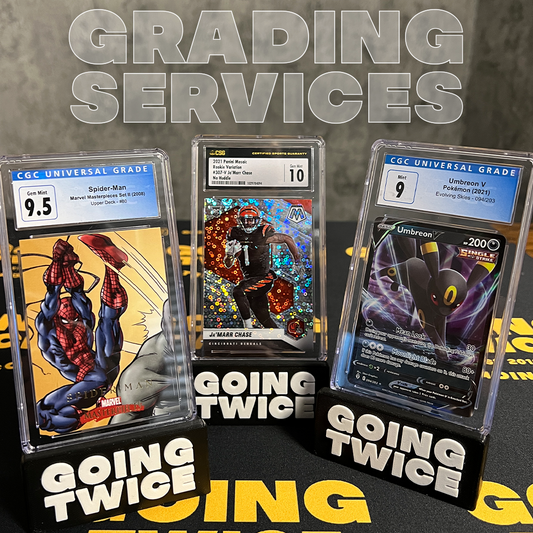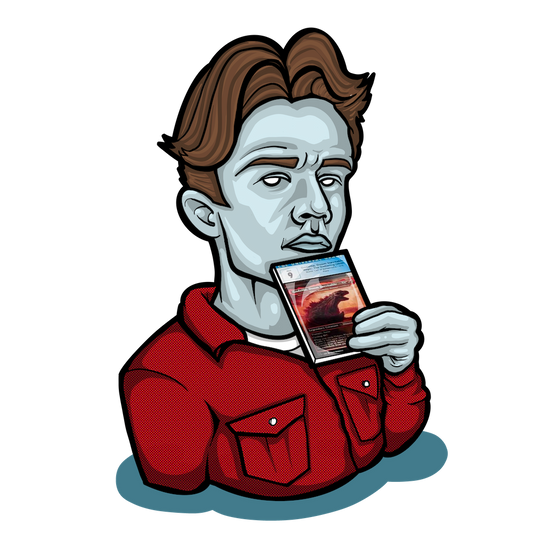A complete guide to Japanese TOPSUN Pokemon cards In the early days of Pokemon, sets were released in Japan that would never see a North American counterpart, and as the years have gone by these cards have become difficult to track down. There were cards that could only be obtained through vending machines, cards from magazines, Bandai sticker cards, and the one we will be discussing today, gum packs.
What are TOPSUN Pokemon Cards?
Gamefreak, Creatures Inc, and Nintendo partnered with Shogakukan Productions in 1997 to start producing the first Pokemon anime. In the same year Shogakukan signed a licensing agreement with Top Seika, a Japanese candy company, to produce promotional Pocket Monsters gum, with Topsun cards in each pack. These cards feature the first 150 Pokemon, excluding Mew, and after Top Seika had signed the licensing deal in 1997, holographic chase cards were introduced to spice up the promotion.
 There are 16 holos in the set, the most expensive of which being the Charizard and Pikachu. Each gum pack would contain two random cards that would be loose in the package. The Topsun cards have a glossy finish that is easily damaged, so with no protection inside the gum packets and the fact that these were not made with the intention of being collected, mint copies of these cards are very difficult to find.
There are 16 holos in the set, the most expensive of which being the Charizard and Pikachu. Each gum pack would contain two random cards that would be loose in the package. The Topsun cards have a glossy finish that is easily damaged, so with no protection inside the gum packets and the fact that these were not made with the intention of being collected, mint copies of these cards are very difficult to find.
Green back vs Black back and... no number?
The oddest part about the Topsun set is how little concrete information is available about its release. The copyright on the cards reads 1995, but Top Seika didn’t sign the licensing until 1997. However, Pokemon was known for its giveaways and promotional events so it is very possible the Topsun cards were released before then. It’s also worth noting that Shogakukan is not listed alongside Gamefreak, Creatures Inc, and Nintendo on the non holo Topsun cards, making it entirely possible the cards were produced in or before 1996. Why bring this up? Because Topsun is thought to be the first Pokemon card set ever released, but there are skeptics on both sides of this claim and not enough information to be sure one way or another. Within Topsun cards there are three big differences, and they can give us clues as to when the first of these cards may have been released. Topsun cards have the same text on the backs in one of two colors. These are known as “blue backs’ and “green backs”. It is believed that the blue backs were the first print run with green being the second wave. The reasoning behind this assumption has to do with the third differentiation, the no number error.


On the normal Topsun card there is a number to the left of the Pokemon’s name that refers to what number the Pokemon is within the first 150. However, there are 50 Topsun Pokemon cards that have a “no number” variant, and these are all “blue back” cards. It’s believed that these no number cards were the very first printing and the error was later corrected for the release of all 150 blue backs, with the green backs being printed after. If this logic holds up, that could mean that no-number blue back Topsun cards were the first ever Pokemon trading cards to ever exist, predating even the Bandai Carddass series in September of 1996.




